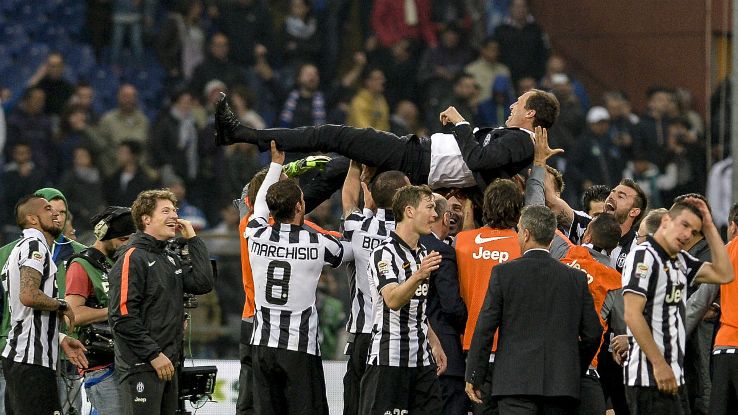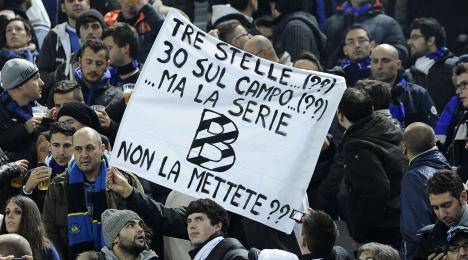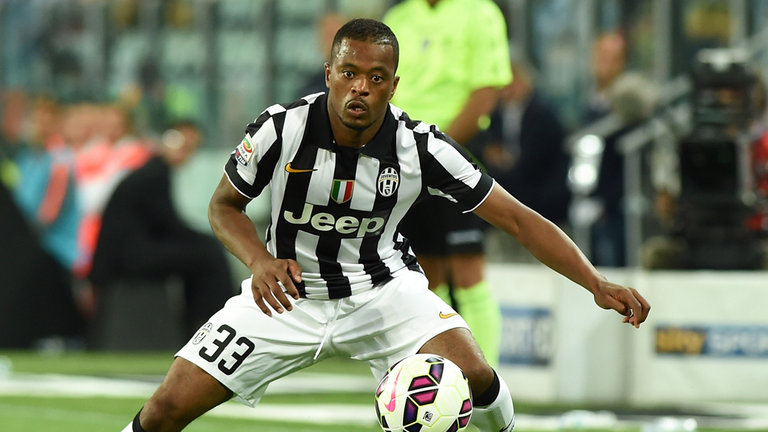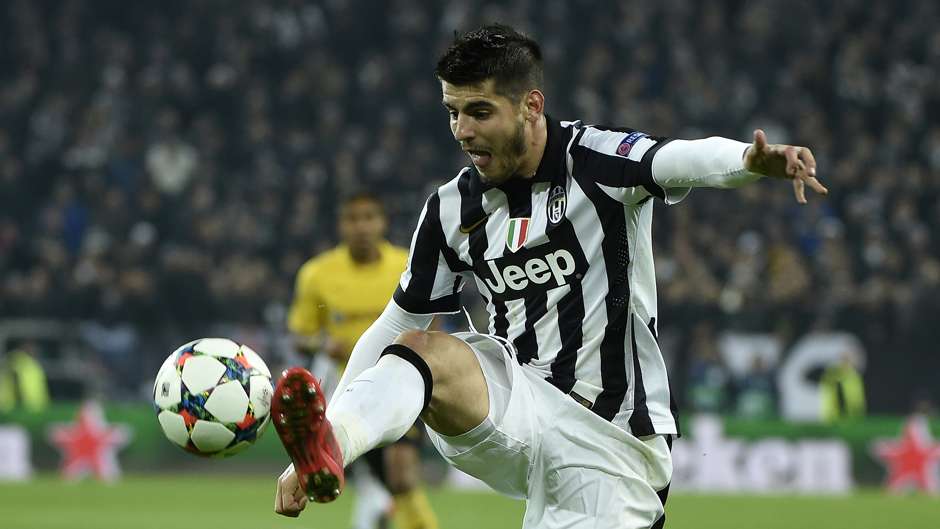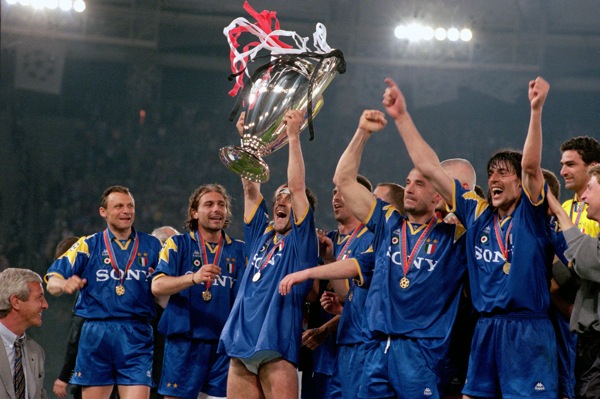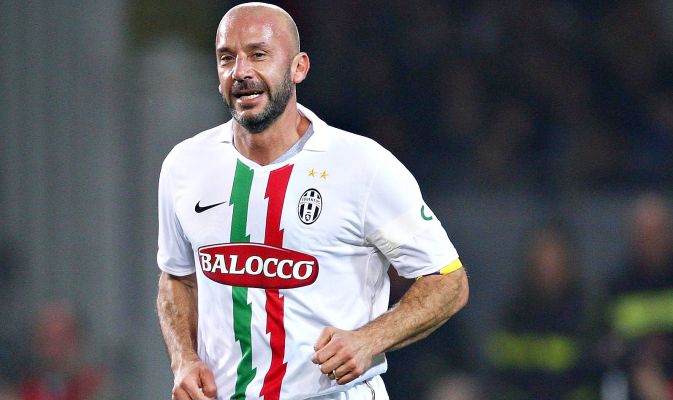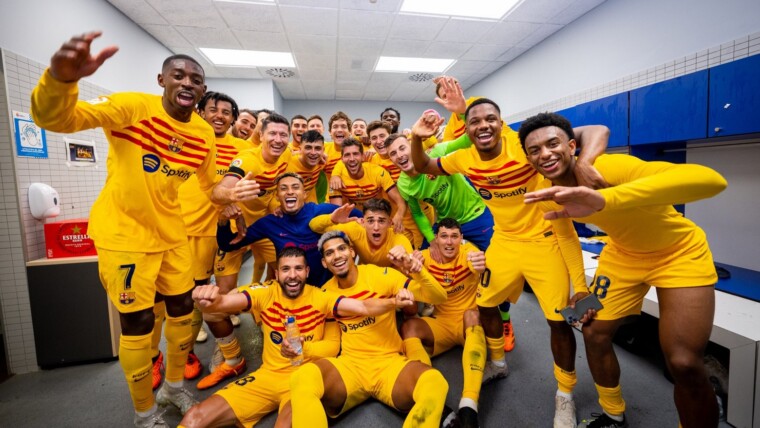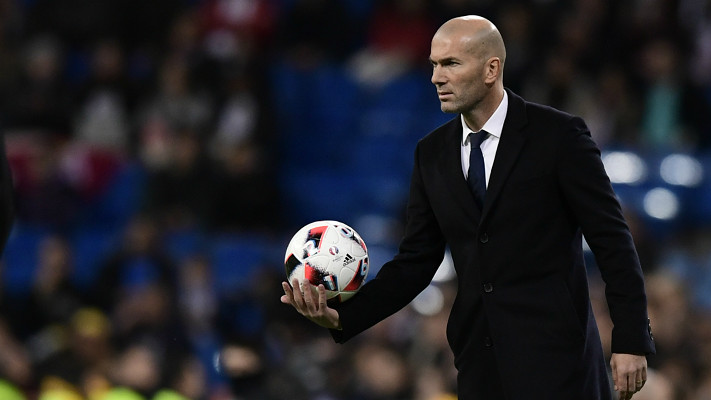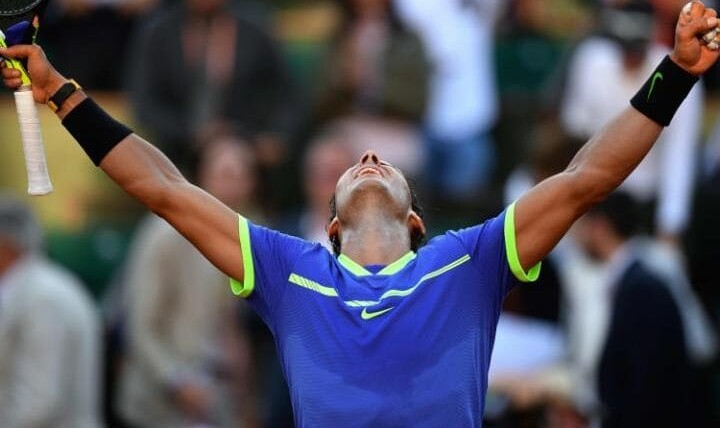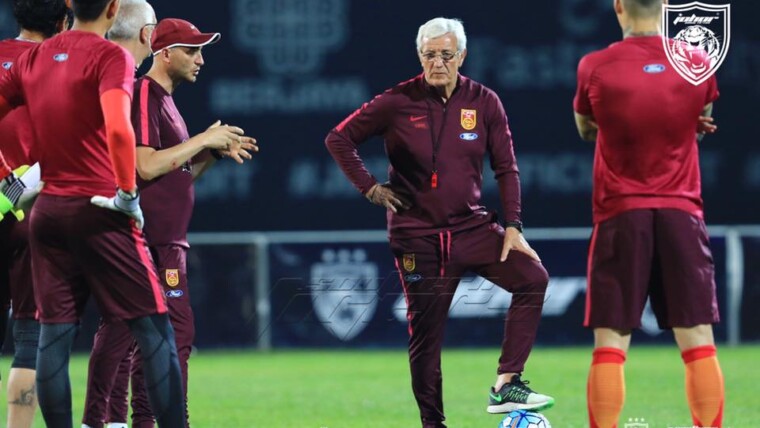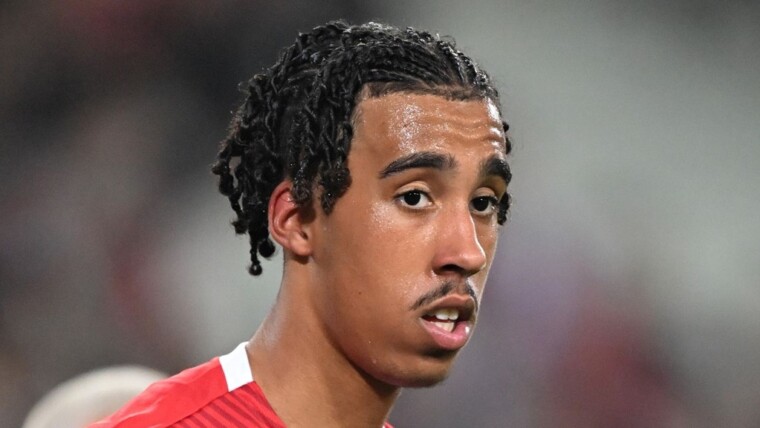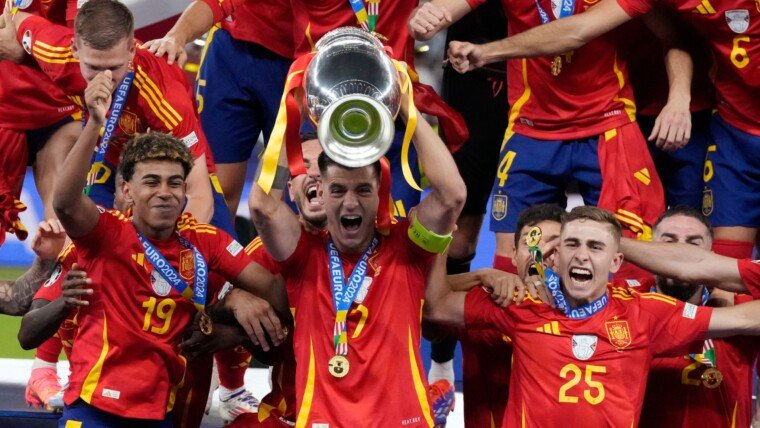The Champions League final is becoming a stage for high-profile resurrections.
In May 2013 Borussia Dortmund ran out at Wembley to face Bayern Munich just eight years after being on the brink of bankruptcy.
Now we have Juventus taking on tournament favourites Barcelona in Berlin on Saturday night. It is nine years since the Calciopoli scandal that brought the club to its knees.
The Old Lady of Italian football spent a year in Serie B before returning to the top flight and plotting their journey back to prominence.
Juve won their first post-Calciopoli Scudetto in 2011-12. They have since added three more to make it four in a row.
A new stadium, higher income and a sizeable fanbase up and down the country have played key roles in Juventus’ renaissance. But smart player recruitment has been the most important factor.
On returning to Serie A Juventus were quick to identify where they ranked in the European pecking order.
They understood that if they correctly identified the bracket of players they could attract, their pedigree and prestige would look after the rest. They could effectively corner their corner of the market.
SMART SIGNINGS, SANE PRICES
And that’s exactly what they’ve done. Glance through Juventus’ probable starting line-up against Barcelona and you’ll see how successfully they’ve built a team that is just one victory away from Europe’s biggest prize.
First there are the ‘retirement home’ signings. These are the players others believed were past their best, only to move to Turin and thrive.
Step forward Patrice Evra. Many thought the France international was finished when he left Manchester United aged 33 last summer. But he has been excellent, adding experience and grinta on the pitch and in the dressing room.
There was a high-profile predecessor already on the books, of course. Andrea Pirlo has been sublimely influential since AC Milan prematurely discarded him four years ago.
Then there are the ‘improvers’. These are the players that have arguably played their best football at Juventus while ticking two important scouting boxes: being bought a) at the right time and b) for the right price.
Right-back Stephan Lichtsteiner – once of Lille, then Lazio and a €10 million Juventus signing in 2011 – is exhibit no. 1. The Switzerland international is understated, underrated and a consistently effective presence up and down the right flank.
Arturo Vidal, signed from Bayer Leverkusen for €10.5 million at the same time as Lichtsteiner, is exhibit no. 2. At Juve the Chile international has gloriously fulfilled his early promise, blossoming into one of the world’s best all-round midfielders.
It is too soon to say whether Alvaro Morata will justify the €20 million Juventus paid Real Madrid last summer. But he has already started on that journey by scoring in both legs of Juve’s semi-final win over his former club. One day Morata may be worth more than Juventus paid for him.
At the other end of the price spectrum is Andrea Barzagli. The Italy defender cost just €300,000 six months before the end of his Wolfsburg contract in 2011. He has gone on to be one of Juventus’ most consistent performers.
Carlos Tevez is an ‘improver’ despite a considerable achievements before moving to Juventus.
The ex-Manchester United striker has played the most viscerally thrilling football of his European-based career in Serie A (66 appearances, 39 goals). Strategically it was fantastic business from Juventus to snap up the Argentina striker for a deflated fee (€12 million) at a time when many in football had lost faith in Tevez following his fall-out with Manchester City.
Then you have pre-Calciopoli signings Gianluigi Buffon and Giorgio Chiellini (who has been ruled out of the Champions League final with an injury). The pair seemed expensive at the time but have turned out to be bargains on an ‘appearances + performance level’ basis.
Throw in the fact that Paul Pogba might be sold for close to a world record fee this summer having arrived as a free agent – and what you’re looking at is a mercato masterclass.
CLEVER DEALINGS DOWN THE YEARS
Clever trading has always been part of the Juventus way. Even when Serie A was awash with money in its 1990s heyday, the Bianconeri understood the principle of a team’s sum being greater than its parts.
The Juventus side that beat Ajax on penalties to win the Champions League in 1996 – the last time the club won the tournament – is a fine example.
That team was built in the pre-Bosman era of restricted cross-border player movement, so it predominantly featured Italian players.
Yet it’s instructive to see that the three imported players on duty for Juve in Rome that night – Didier Deschamps, Paulo Sousa and Vladimir Jugovic – were instinctively team players signed for relatively modest fees rather than superstar soloists expensively purchased at the peak of their powers.
Even more remarkable was the presence at right-back of Moreno Torricelli, a one-time factory worker recruited from amateurs Caratese for 50 million lire (around €25,000).
Alongside Torricelli was Pietro Vierchowod. Many believed the ex-Sampdoria defender was over the hill when he joined Juventus in the summer of 1995 at the age of 36. Yet Juve won that night thanks in no small part to Vierchowod neutralising Ajax strikers Nwankwo Kanu and Patrick Kluivert, nearly half his age.
The only big-money signing in that Juventus line-up was centre-forward Gianluca Vialli, briefly the world’s most expensive player when he arrived from Sampdoria for £12 million in 1992. Yet Vialli was the exception rather than the rule in a Juventus team that bore Moneyball hallmarks long before that seminal book was written.
A few months later there was an even clearer example of Juventus’ remarkable foresight.
In summer 1996 the club signed a promising young playmaker called Zinedine Zidane. You can argue long and hard about the value of Zidane’s Serie A contributions; what is beyond doubt is that signing a player other clubs had misgivings about for the equivalent of around €4 million and then selling him for 15 to 20 times more five years later shows a fantastic awareness of value and potential.
On Saturday night commentators around the globe will talk up the merits of the Barcelona youth academy. We all know what a fantastic model La Masia has been.
But take a good look at the Juventus line-up when the camera pans along the line. This is a team that has been built smartly, successfully and relatively cheaply. In European football right now there are few better examples of how to punch above your weight.
Other posts by James Eastham

